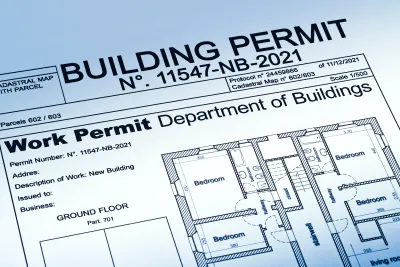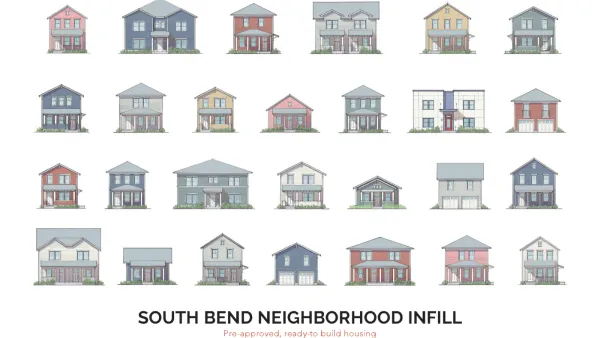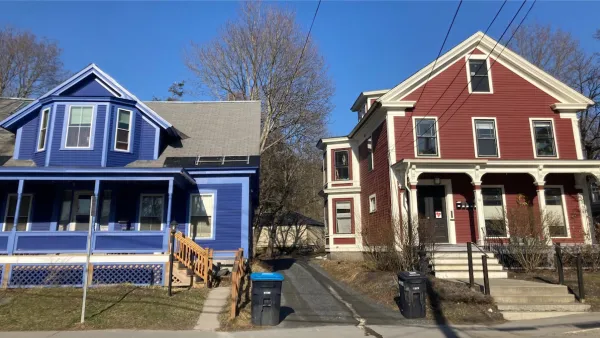Faced with blighted neighborhoods where the cost of building a house would exceed its eventual market value, the city of Kalamazoo, Michigan, streamlined the permitting process to help lower development costs.

By 2015, a state land bank program intended to fight blight had accumulated 267 derelict properties in Kalamazoo, Michigan. The problem? The cost of building a house eclipsed what its market value would be when finished. Without the financial incentive to build or improve homes in these neighborhoods, these areas just declined further, reports Ben Abramson of Strong Towns.
A coalition of city, county, and state agencies, along with housing developers, advocates, and nonprofits banded together to identify solutions to help them fill those vacant lots. The first fix: resolve the zoning issues that had rendered 67 percent of land bank acquisitions unbuildable and created financing hurdles for homeowners. The second solution: streamline the permitting process by creating a “pattern book” of pre-permitted housing plans and adding all required permits and inspections to the process, which effectively minimize costly variables and surprises.
After doing a proof of concept with a local nonprofit and ironing out some kinks, as of 2024, 48 homes have been built using Kalamazoo’s pre-permitted plans,” according to the Strong Towns article, including a stacked duplex, a four-bedroom standard house, a narrow house that can fit on a lot as small as 30 feet wide, and an ADU.
“Overall, KNHS says that in 2022, it helped 106 local residents buy or substantially improve their homes. It is also working to train local residents in the building trades to work on future projects,” Abramson writes. “Now the plans have been made available to small for-profit developers. In those cases they must prepay for all permits and inspections, but having access to proven, high-quality designs substantially lowers their upfront costs.”
FULL STORY: Pre-Permitted Plans Help Kalamazoo Bring Housing Back

National Parks Layoffs Will Cause Communities to Lose Billions
Thousands of essential park workers were laid off this week, just before the busy spring break season.

Retro-silient?: America’s First “Eco-burb,” The Woodlands Turns 50
A master-planned community north of Houston offers lessons on green infrastructure and resilient design, but falls short of its founder’s lofty affordability and walkability goals.

Delivering for America Plan Will Downgrade Mail Service in at Least 49.5 Percent of Zip Codes
Republican and Democrat lawmakers criticize the plan for its disproportionate negative impact on rural communities.

Test News Post 1
This is a summary

Test News Headline 46
Test for the image on the front page.

Balancing Bombs and Butterflies: How the National Guard Protects a Rare Species
The National Guard at Fort Indiantown Gap uses GIS technology and land management strategies to balance military training with conservation efforts, ensuring the survival of the rare eastern regal fritillary butterfly.
Urban Design for Planners 1: Software Tools
This six-course series explores essential urban design concepts using open source software and equips planners with the tools they need to participate fully in the urban design process.
Planning for Universal Design
Learn the tools for implementing Universal Design in planning regulations.
EMC Planning Group, Inc.
Planetizen
Planetizen
Mpact (formerly Rail~Volution)
Great Falls Development Authority, Inc.
HUDs Office of Policy Development and Research
NYU Wagner Graduate School of Public Service





























